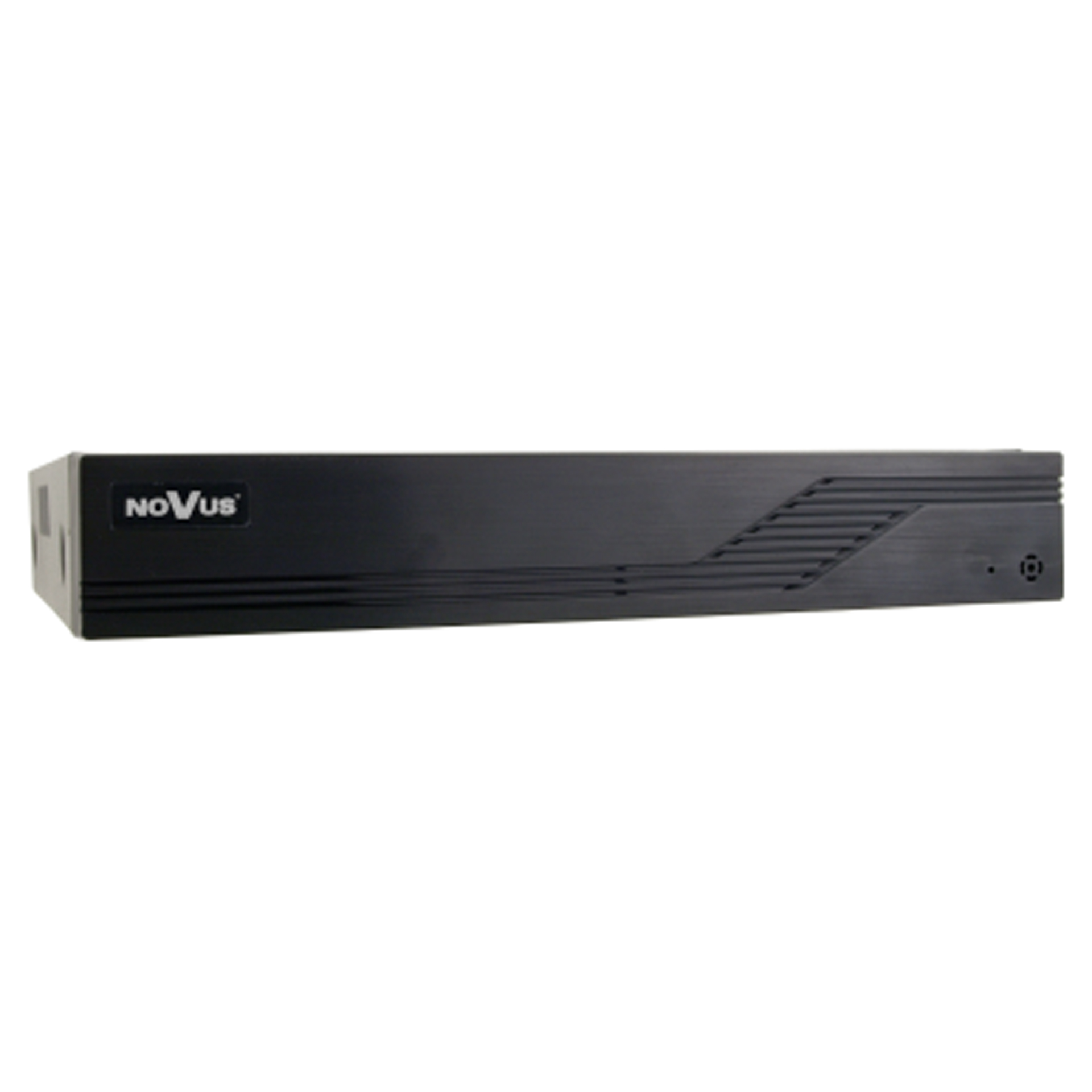If you choose camera security, in addition to live surveillance, you also want to be able to store and watch back the images for a certain period of time.
To this end, there are a number of options.
NVR
A Network Video Recorder records IP cameras. It can download and store images over a network. NVR systems are equipped with various outputs such as VGA and HDMI. This allows a monitor or television to be connected. Most NVR systems are equipped with PoE ports.
NAS
A Network Attached Storage is a dedicated storage system connected to a network. The users and other devices on this network can all access the centralised storage. This can be done through an internet connection via a router or network switch.
A NAS uses the TCP/IP protocol for data transfer. A NAS is actually a full-fledged file server. This simplifies information sharing and increasing storage capacity is usually easy.
A NAS has no video output so you cannot display live images on a screen; you must first log in via a PC.
XVR
An XVR is a hybrid recorder. It links traditional analogue cameras as well as modern IP cameras. This recorder is especially useful if you wish to upgrade in an existing system.
DVR
A Digital Video Recorder, or also called a hard disk recorder, records analogue cameras. A more modern DVR also supports HD over coax cameras. Viewing the footage can be done directly via an HDMI or VGA connection. A more modern DVR uses P2P.
VMS
A Video Management System is a software-based solution for managing IP cameras and IP adjacent products such as IP intercom systems.
VMS solutions are suitable for combining different manufacturers within one central platform. Similarly, video management software solutions often link multiple locations within one system to accommodate everything within one system.
VMS allows images to be stored and broadcast live. There is also the possibility of storing these images constantly or on an event basis. VMS is often used in very large installations because an infinite number of cameras can be connected. The system is made to extract useful information from large amounts of images and data. These images can be viewed anytime and anywhere.
VMS solutions can also be linked to the Private Alarm Centre. Combined with alarm system call forwarding, this gives the switchboard operator a clear picture of the situation.
Storage
- Via SD card
- Via hard disk
- In the cloud
SD card
A Secure Digital card is a way of storing images. This card can be inserted directly into an IP camera. The security camera then does not need to be connected to a recorder or computer. This way, you are not dependent on the internet. When the SD card is full, it will delete the oldest images. You can pair an SD card with a smartphone or tablet.
Hard disk
A hard disk drive is an indispensable part of camera security. A recorder is usually used to store the images. We place one or more hard disk drives in the recorder.
All camera images are stored on this hard drive. A hard disk can store camera images from a number of days. This recording time depends on the storage capacity of the disk, expressed in terabytes (TB) as well as the type and quantity of the camera. When the hard disk is full, the oldest images are overwritten.
Cloud solutions
There are a number of service services that allow camera images from a security camera, alarm or doorbell to be stored in the cloud. There are some free providers but not all of them are suitable for storing surveillance images. Other services offer subscriptions. Depending on the licence you choose, you can connect a number of IP cameras. However, you should be aware of security. Your images will be stored somewhere. It is a regular occurrence that cloud services can be hacked or that it is possible to watch cameras from anywhere in the world. If you prefer a cloud solution to a recorder, make sure you have quality cameras and use good, unique passwords.

